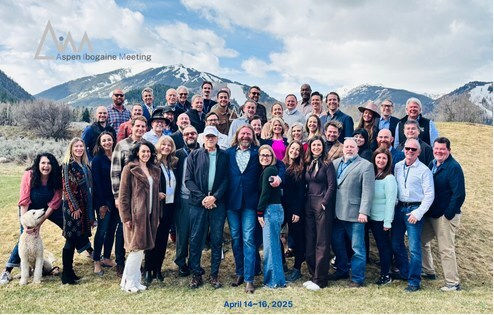Rethinking Trauma: It's Not What Happened, It's What Happens Inside
- Jayme Weismann
- Apr 10
- 3 min read

The word "trauma" has become a familiar echo in our modern world, a label tossed around with increasing frequency, yet often shrouded in misunderstanding. While this growing awareness is a positive step, it also breeds misconceptions. The truth is, trauma isn't solely about the thunderclap of the event itself, but rather the enduring reverberations within our own internal landscape – how our unique system responds to the downpour.
Instead of viewing trauma as a definitive stamp, we can think of it as an unprocessed life experience, a raw or undigested emotional meal. Imagine swallowing something whole that your body couldn't break down. It sits there, heavy and uncomfortable, disrupting your entire system. Similarly, when an event overwhelms our capacity to cope – when we lack the necessary tools, support, or inner resilience to process it – that experience remains lodged within us, unresolved and actively influencing our present.
Think of a sudden, intense storm. For one tree, the strong winds might simply rustle its leaves. For another, weakened by disease or shallow roots, the same gust could cause it to crack and fall. The storm is the external event, but the damage depends on the internal state and resilience of the tree. So it is with us and potentially traumatic experiences.
When a stressful event floods our senses, our bodies instinctively shift into survival mode: the well-known responses of fight, flight, freeze, or the less commonly known fawn (people-pleasing). These are primal urges designed to protect us in the face of danger. However, if we don't find a way to complete that survival response – to shake off the tension, to allow our heart rate to return to a gentle rhythm – the energy of that experience becomes trapped within our system, like a tightly coiled spring. Over time, this pent-up energy can manifest in various ways, including anxiety that feels like a constant hum beneath the surface, the hyper-vigilance of PTSD that keeps us scanning for shadows, or addictive behaviors that become misguided attempts to soothe the internal unease.
By challenging the rigid, black-and-white categories we often use to define trauma, depression, addiction, and other emotional struggles, we can begin to see them as spectrums, nuanced shades within the broader tapestry of the human experience. We all exist somewhere along the spectrum of experiencing challenging events and developing coping mechanisms. This shift in perspective allows us to move away from judgment and towards a deeper sense of compassion, both for ourselves and for others navigating their own internal storms.
Trauma, in its wake, carves out deep narratives, often unconscious beliefs that shape how we see ourselves and the world around us. These are the stories we unknowingly tell ourselves: "I'm not good enough," a persistent whisper of self-doubt; "The world isn't safe," a constant feeling of unease; or "People always leave," a shadow of anticipated abandonment. These narratives often take root in the fertile ground of childhood experiences and, if left unexamined, can dictate the course of our entire lives, like an invisible script guiding our choices and relationships.
Furthermore, when faced with overwhelming pain, we often develop "parts" of ourselves – aspects of our being that we push away, disown, because the raw emotion associated with their formation during traumatic moments is too intense to bear. These exiled parts don't simply vanish; they linger in the background, like silent sentinels, keeping us on high alert, perpetually scanning for echoes of past danger. This hyper-vigilance, even when triggered by seemingly innocuous situations that vaguely resemble past threats, can resurrect old wounds, making us feel as though the past is bleeding into the present. It's the unseen engine driving many of our repetitive emotional patterns, the same arguments, the same anxieties, playing out on a loop.
Ultimately, the crucial message is this: trauma isn't solely defined by the dramatic, life-altering events that often come to mind. It's also woven into the fabric of the seemingly "smaller" moments – the consistent invalidation, the unspoken anxieties, the times we felt unseen or unheard – that we couldn't fully process in the moment. It's not just the earthquake that defines trauma, but the lingering aftershocks within us. Healing begins when we cultivate the courage to recognize, gently feel, and ultimately integrate these unprocessed experiences, rather than continuing to push them away into the shadows of our inner landscape. It's about tending to the unsettled sea within, allowing it to gradually find its calm.







Comments